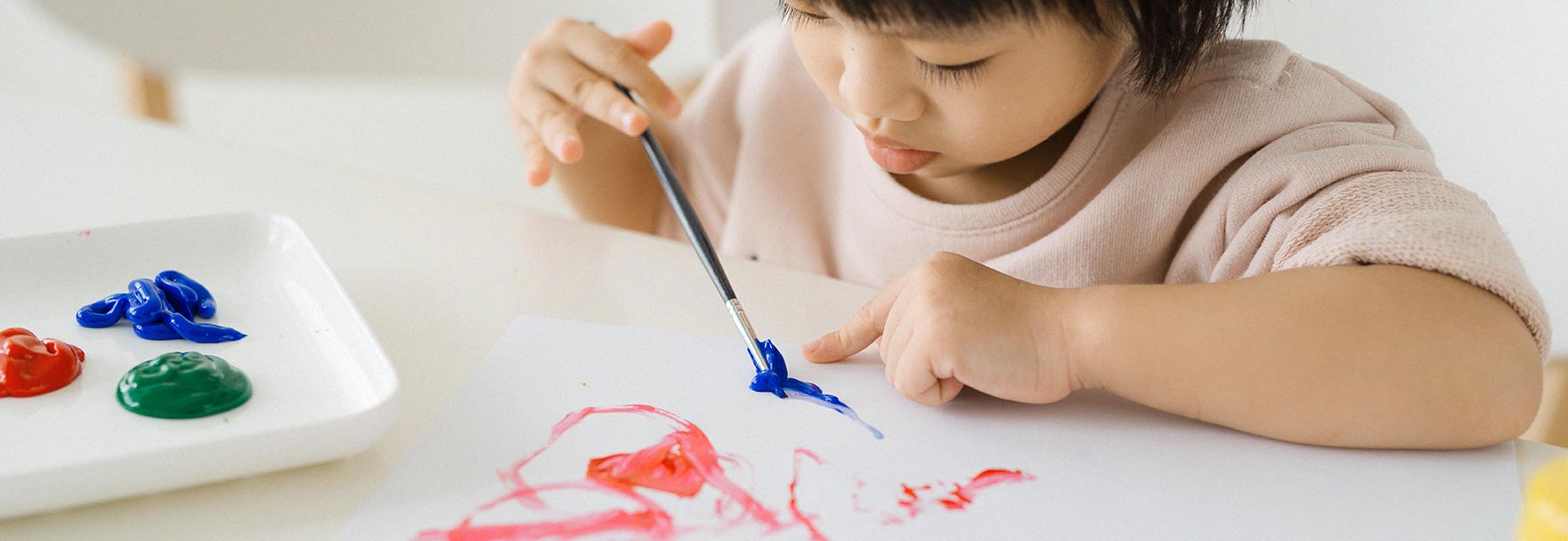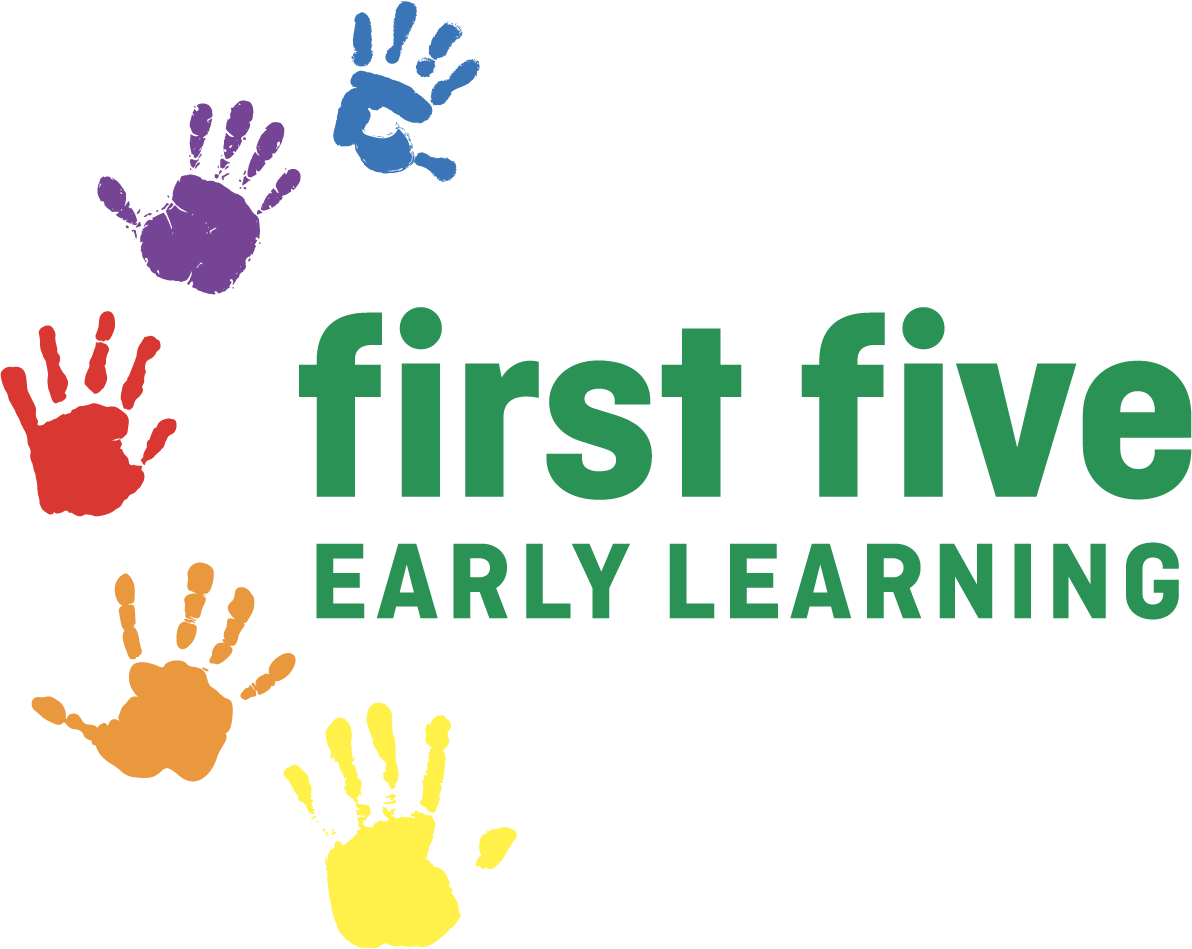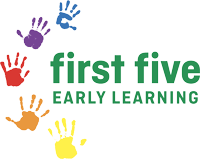
Blog # 1: My child isn’t writing their name or the alphabet. Should I be concerned?
It is common to view writing your name or copying alphabet letters as a skill children need to learn in preparation for school. From an occupational therapist perspective, formal handwriting is only suitable for children aged 5 years or over, including printing their name, copying the alphabet and writing the alphabet from memory. The Australian Curriculum outlines a process for learning to write, beginning from the Foundation Year in Prep once children begin school. The process of learning to write is complex and children need to be at the right stage of development to engage with and enjoy handwriting as a skill.
When handwriting, children need core strength to sit upright for long periods, tracking ability with their eyes to space and locate words on the page, and shoulder strength and finger dexterity to manipulate a pencil. In early childhood education settings, our key role is to support the development of core strength, gross motor muscles, fine motor muscles and opportunities for mark marking in many forms. Combined, these skill sets help children to be ready for formal handwriting in school. In our centres, you will see these skill sets developed in the following ways.
- Repeated opportunities for mark making vertically, horizontally and diagonally with paintbrushes, paint, charcoal, chalk, rollers, felt pens, crayons, sand, rice, playdough, pencils, watercolours and pastels. Mark making begins with random marks and scribbles for younger children, then controlled scribbles, the naming of scribbles, schemas (repeated symbols including circles, lines and shapes) and representational drawing, painting and writing as children grow.
- Repeated opportunities for gross motor development including climbing, balancing, jumping, ball games (develops tracking ability needed for handwriting), target throwing, catching, riding tricycles or scooters, games using your body, hopscotch, obstacle courses, dancing, block building, loose parts play, digging, hammering (with real tools), sweeping, and exploring outside.
- Repeated opportunities for fine motor development including playing with Lego, nuts and bolts, locks and keys, weaving, threading, collage, flower arranging, arranging loose parts, sorting objects, patterning, building with small blocks, stacking objects, clay making, playdough, stamping, scissors, using sticky tape and glue, serving food independently, dressing independently, pouring drinks independently, turning the pages of books, cooking experiences (stirring, measuring, pouring), water play, finger and hand puppets, and tea parties (with real china).
You can be confident that the experiences listed above provide foundational skill sets for your child to be ready to learn formal handwriting when they transition to school. As part of the everyday program, our educators and teachers model to your child how handwriting serves meaningful purposes in everyday life (drawing and writing a recipe with the children; modelling how to write a letter; recording children’s voices).
In our centres, there are children who already enjoy writing, copying letters and learning to write their name. We will always be responsive to individual children who express an interest in writing, ensuring we adopt a meaningful, play-based approach to their ongoing learning.
Dr Melinda Miller
Director of Early Learning


